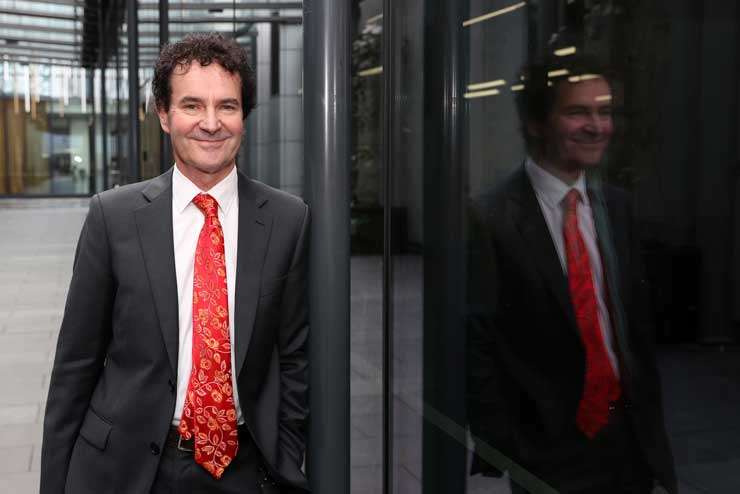ANALYSIS: This week’s review of the official cash rate by the Reserve Bank resulted in the widely expected increase of another 50 basis points so the rate is now 3.5% from 0.25% just over a year ago. The review provides an opportunity to remind people that when it comes to periods of monetary policy tightening, as well as loosening, we can have no great degree of certainty about where rates will peak and trough, how long they stay at their highs and lows, and the speed with which they will come back down again.
This is especially so now because the last true tightening cycle in New Zealand was from 2004 to 2007 and a lot has changed since then. The guesses we economists make (sorry, predictions) are based on our knowledge of what happened in the past. All the models used by our central bank are based on past data and how things affected each other in what we might call the olden days pre-GFC, pre-pandemic, pre-Ukraine, and before the structural tightening of labour markets here and offshore.
Does this mean you should ignore predictions of what borrowing costs might do? God forbid, as then people like me might have to find real jobs. What you should do is pay attention to the reminders we give when interest rates are unusually low that they are going to go back up again. Hence my hefty support for fixing five years at 2.99% last year.
And when interest rates are unusually high you should pay attention to our signals that they will come back down again. But a key thing to note from what we say this time is the following. Do not expect borrowing costs to go back to where they were in the first half of last year unless we see a repeat of the unusual situation of 2020 – 2021.
Start your property search
That situation was one of deep worries about deflation (a falling cost of living) causing record low interest rates in 2019, and then new record lows when the global pandemic came along. Unless we see a repeat of this unusual train of events it is extremely unlikely we will see the low rates of 2021 appear again for a long time. Touch wood.
The relevance for the moment of this is do not make panicked decisions on the basis of whatever was in last night’s news. The entire planet’s financial market participants are trying to pick when interest rates peak and at what level in primarily the United States and then other countries. The “bets” made on rate peaks can get made and unwound at astonishing speed in response to new pieces of information which either alter the outlook or make people believe other people will alter their outlooks.
I write this because the past two weeks have been a very unusual period involving a global sell-off of non-US dollar currencies, bonds (higher interest rates) and shares in response to a very badly timed easing of fiscal policy in the United Kingdom. The markets are now pulling back from those selloffs as the UK Chancellor backs off some of the changes. This means that after soaring, NZ bank wholesale borrowing costs are now largely back where they were before the UK policy announcement.

Independent economist Tony Alexander: "I still feel fixed mortgage rates for all bar the one-year term peaked in June. But decent declines still look to be well in the future." Photo / Fiona Goodall
At the same time, we have seen data releases in the United States looking bad for inflation then good, and chances are they will be bad again very soon. Volatility is high and thankfully bankers in New Zealand have seen so many such periods over the years that they don’t change fixed mortgage rates on a day to day or week to week basis, knowing that shocks can easily reverse quite quickly.
Where we stand now is that I still feel fixed mortgage rates for all bar the one-year term peaked in June. But decent declines still look to be well in the future. When they come – perhaps a year from now - be prepared for the initial falls to be large and rapid because history tells us that at some point the markets will switch from picking the tops in rates to accepting they are about there and instead picking the bottom.
That is why if I were a borrower, I personally would still be happy fixing mainly for one year, maybe with some of the debt fixed two years as well.
- Tony Alexander is an independent economics commentator. Additional commentary from him can be found at www.tonyalexander.nz
















































































